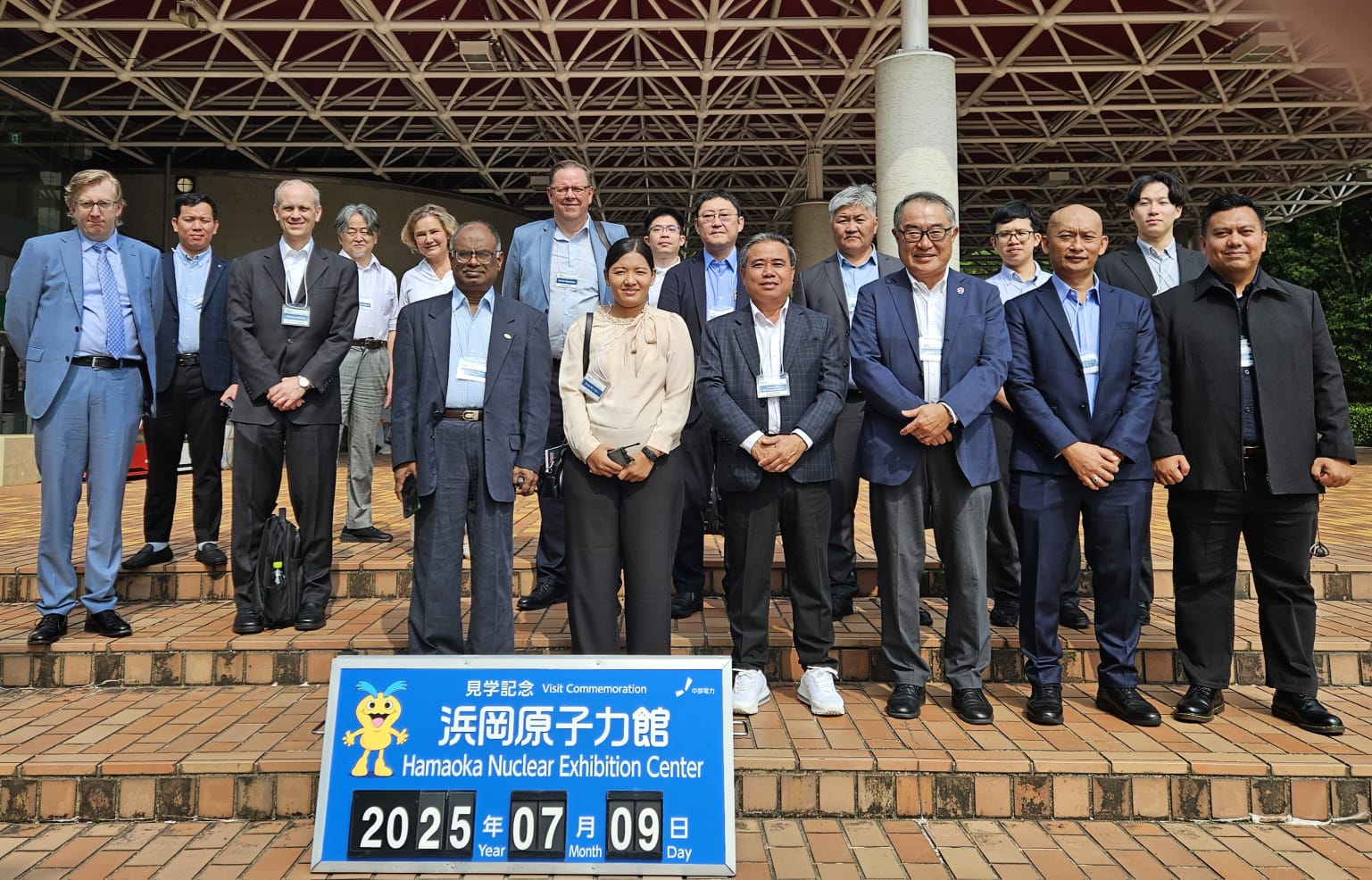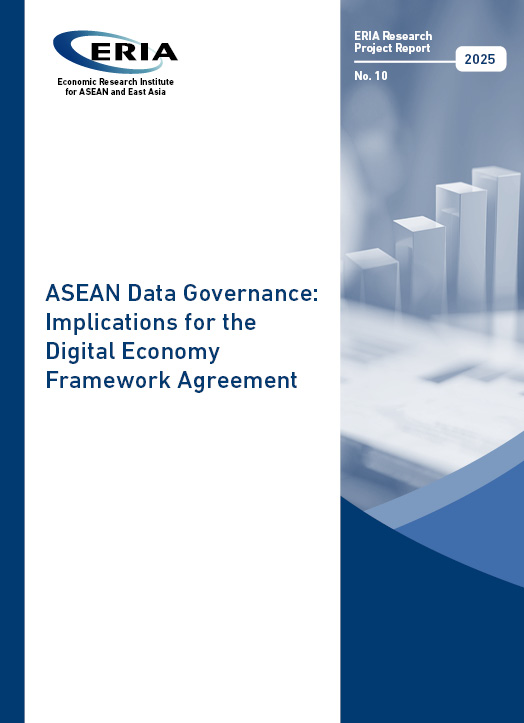From Climate Negotiations to Actions: Will COP27 Be a Turning Point?
Date:
4 November 2022By:
Venkatachalam AnbumozhiCategory:
OpinionsTopics:
-Share Article:
Print Article:
By Dr Venkatachalam Anbumozhi, Director of Research Strategy and Innovation: The UN climate conference known as COP 27 will convene in Sharm el-Sheikh, Egypt on 6 November 2022. It is taking place at a junction of unprecedented global challenges. The world economy is in turmoil, facing multiple, mutually reinforcing crises. Even as the world is mounting a fragile recovery from the COVID19 pandemic, high inflation, rising interest rates, falling currencies, and post-pandemic budget woes, together with a likely global economic slowdown, are increasing pressure on major economies. The Russian Federation–Ukraine conflict is fuelling a devastating energy, food, and cost-of-living crisis. All these are scaling back global efforts to mitigate climate change.
COP27 has come against the backdrop of record-breaking floods, droughts, heat waves, and other extreme forms of weather that have forced several developing countries to face increasingly devastating fatalities and economic losses. Nine of the warmest years on record have come in the past decade alone. Climate change is a disruption multiplier that could have grave repercussions for densely populated Asia and ultimately lead to erasing the benefits of continued economic growth that happened during the past 3 decades. Bangladesh, Myanmar, the Philippines, Thailand and Viet Nam, are amongst the world’s ten most climate-vulnerable countries, having suffered some of the most fatalities and highest economic losses
For the first time since its assessment began more than 30 years ago, the UN Human Development Report has warned that human development measures have declined across most developing countries in Asia and Africa in the past 2 years. COP27 must take real action to stave off the worst effects of climate change. This means going beyond COP21’s Paris Agreement (2015) on national commitments to cut greenhouse gas (GHG) emissions and COP26’s Glasgow agreement (2021) to achieve a net zero economy by the middle of the century.
The core issues behind the ongoing climate negotiations are making bold commitments and agreeing on higher targets to reduce GHG emissions by developing countries in times of economic uncertainty and extending massive financing that advanced economies have already committed in support of global climate actions. COP27 will be a success if substantial progress is made on both these issues. But current climate negotiations and agreed action plans are woefully inadequate for reaching a carbon-neutral planet by 2050, which would keep global warming below 2°C as envisaged in the Paris agreement.
Problematic actions are the heavy burning of fossil fuels by the top-five carbon emitters: China, the United States, India, the Russian Federation, and Japan, as well as the Association of Southeast Asian Nations (ASEAN) and the European Union, taken together as economic blocs. One way would be for COP27 to name the countries or regional blocs that are most out of line with the Paris climate agreement and ask them to do more either individually or in cooperation with others. Rich countries have already shown that they can mobilise vast resources to tackle global emergencies. They did this in the midst of the 2008 global financial crisis, with an estimated $5 trillion dollar spent by the Group of Twenty (G20) countries on stimulus packages, and spectacularly so by Europe and the US in mobilising about $15 trillion as part of the COVID-19 pandemic response. However, when it comes to climate actions, advanced economies are failing dismally in raising the global goal of at least $100 billion annually in climate finance.
COP27 should move forward in the vital area of international technology and financial cooperation to cut GHG emissions by major outliers. Singapore has announced that it will achieve net zero emissions by 2050, a powerful signal coming from a small country that accounts for only 0.1% of global carbon emissions. China, India, and Indonesia are taking the lead in upscaling their renewable energy share, although their portion of coal and gas in energy supply remains more than 70%. Energy, transport, and land use contribute about 80% of GHGs emissions in ASEAN. With massive investments flowing into emission intensive infrastructure, these countries could easily be locked in with high carbon growth for decades. Their action plan for decarbonisation—gradual but progressive at present—needs to see a massive shift and speed, with the necessary technology and financial innovations.
Reaching a net zero economy by 2050 is the absolute minimum for all major emitters. A recent study by the Economic Research Institute for ASEAN and East Asia tells us that the goal is feasible for ASEAN and East Asia. They can decouple economic growth from carbon dioxide emissions and generate new green jobs, but these require bold policy innovations such as carbon tax and market-based instruments such as emission trading systems (ETSs). China’s ETS is the world’s largest in terms of covered emissions, and prices are rising steadily. Despite several differences in pricing approaches, a call for a universal carbon tax should remain a key focus area for negotiated actions in Sharm el-Sheikh.
At the top of the COP27 agenda is the need to act on climate change adaptation, which is an ever-increasing priority for developing countries. The negotiating parties should focus on scaling up adaptation solutions, mobilising appropriate technologies, and strengthening access to private financing for disaster resilience. Application of digital technologies and well-designed insurance schemes are getting recognised for enhancing climate and disaster resilience along global supply chains and most vulnerable communities.
Whilst governments and industry carry the major responsibility for climate actions, consumers could play a large role in driving such activities. Mindful consumer actions such as saving energy at home, using public transport instead of driving, eating more plant-based foods and wasting less food; and customers and employees leveraging their position to demand public procurement choices. Many lifestyle goals can be achieved by deploying ‘nudges’, gentle persuasion techniques to encourage positive behaviour. Rather than framing climate change as a larger-than-life challenge, COP27 should recognise that small individual actions by consumers matter. It is the right time for COP27 to strive to build a global guiding framework, share information mechanisms, and create momentum to scale up community movements.
Based on the mixed track records of past climate summits, and the fractured recovery from the COVID-19 pandemic, consensus on the above actions may not be high at COP27. A compromise might be reached by choosing specific commitments to be backed by major developing countries and emerging economies that want to see the co-benefits of climate actions: improved living standards for their citizens, cleaner air and water and cleaner cities, local job creation, and so on. If negotiations focus on this, which resonates with the climate justice agenda, COP27 will generate enormous momentum to get hesitant actors moving.
This opinion piece was written by ERIA's Director of Research Strategy and Innovation, Dr Venkatachalam Anbumozhi. Click here to subscribe to the monthly newsletter.
Disclaimer: The views expressed are purely those of the authors and may not in any circumstances be regarded as stating an official position of the Economic Research Institute for ASEAN and East Asia.








